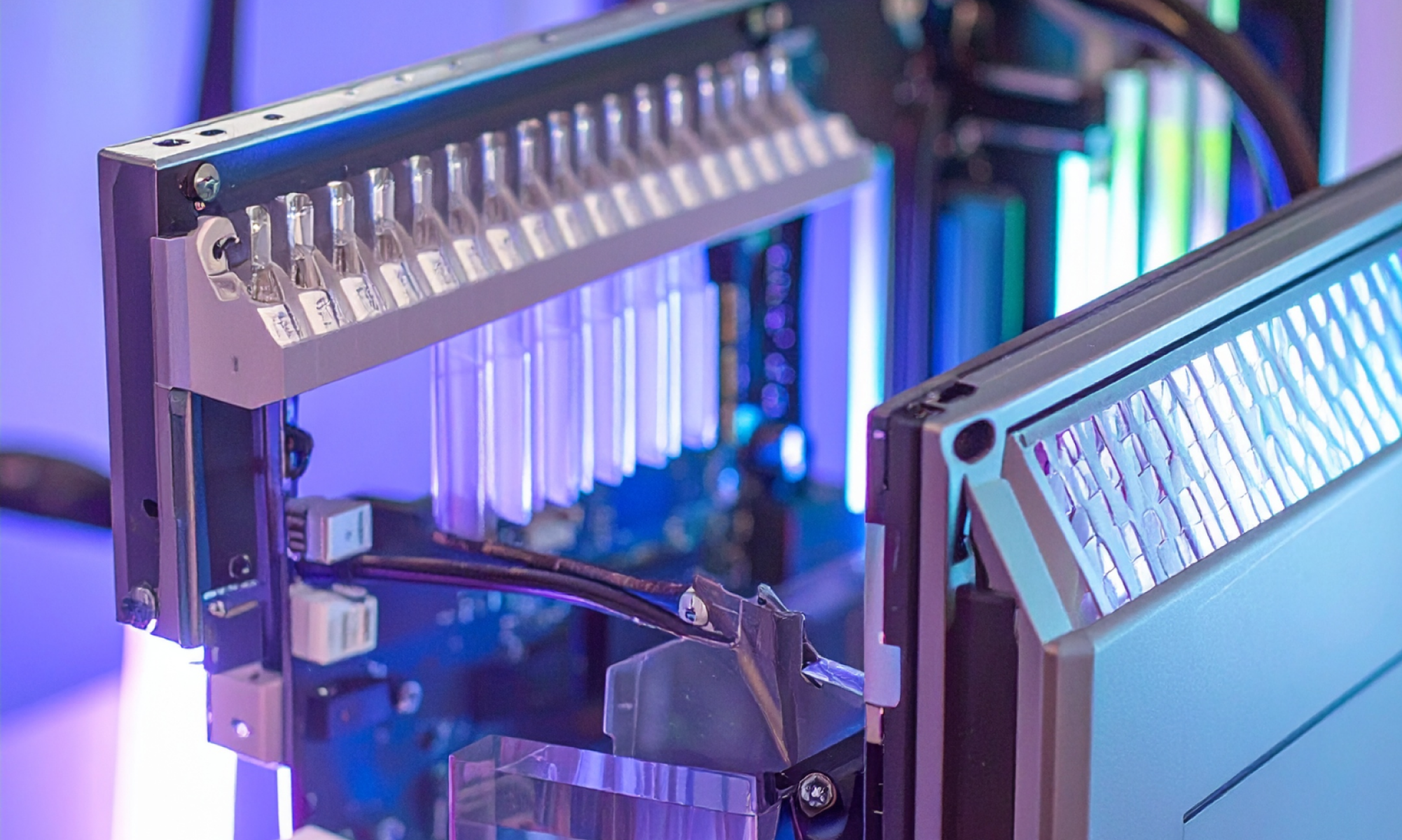AI
our blog
Five Crucial Steps to Validate your Business Idea

Every day at Studio Graphene, people reach out to us with an exciting new idea that they want to turn into reality. Whether they are students, managers, serial entrepreneurs or hopeful newbies, they all generally have one thing in common; they are convinced their idea is amazing.
Whilst it takes a lot of guts to take that first step towards becoming an entrepreneur, the law of averages suggests that not every idea will turn into a successful startup. For that reason,
"it's extremely important to make sure your idea is properly validated before investing."
Here are a few things you may want to consider before you start investing considerable resources into your idea.
1. Has someone already built your product (or something similar)?
The products that already exist within your niche are going to play a major role in how you envision your business being positioned in the overall market segment.
If your idea already exists, then you need to think carefully about how you will differentiate yourself, fill gaps in the existing product line-up, and outmanoeuvre your competitors. Remember that having strong competitors is both a curse and a blessing. Sure, you're going to need to work hard to go toe-to-toe with the big boys, but competition is a sure fire sign that your business idea is workable.
If you don't find any similar products, then that's great! However, you're going to have to go that extra mile when researching your target audience.
"Make sure that your product really is something your market wants and needs."
2. Do others get excited about your idea?
Talk to as many people as you can about your idea, especially anyone who falls into your target demographic. Do they sound enthusiastic about using it? Try to listen carefully to people and get honest feedback about the way they feel about your idea. Search engines are great places to go to test the validity of your idea. Are people regularly searching for keywords in your niche? Check out Google's free Keyword Planner to get a sense of scale and popularity.
Remember,
"a successful entrepreneur needs to be able to listen without bias."
Don't stay hell-bent on your idea if you're getting a lot of funny looks when trying to explain it to your audience. Checking market needs carefully before starting could save you from a debilitating investment in the long run.
3. Does your MVP generate a buzz?
"Your MVP is the best way to determine if people genuinely want to use your product."
Build it quickly, get it out in the world, and test it. Don't panic if you don't get the ideal reaction either. You may need to adapt, or even totally pivot your idea in the early stages in order to suit your customer needs.
With ever increasing knowledge from real market interactions and constant experimentation, your business model will soon stabilize. Getting into the market early also reduces the chances of a competitor stealing your idea, so get building as soon as possible.
4. Do people react to your brand?
In many cases, the story you tell about the product can be far more exciting than the product itself. Think carefully about the values your particular product represents in the marketplace - do people agree with what your product means? Remember,
"successful products are defined by their perceived value and the user experience that creates, so it's never too early to think about branding."
5. Are you able to come up with a plan for attracting customers?
Finally, it’s very important to assess if there is a way to engage with your early adopters and acquire customers.
"Your idea will not get off the ground if it cannot attract customers."
The best way to test this point to try and together an initial marketing strategy and customer acquisition plan that you think is realistic.
Thanks for reading. If you have any questions about checking your business idea, then please don't hesitate to get in touch with us. Good luck!









